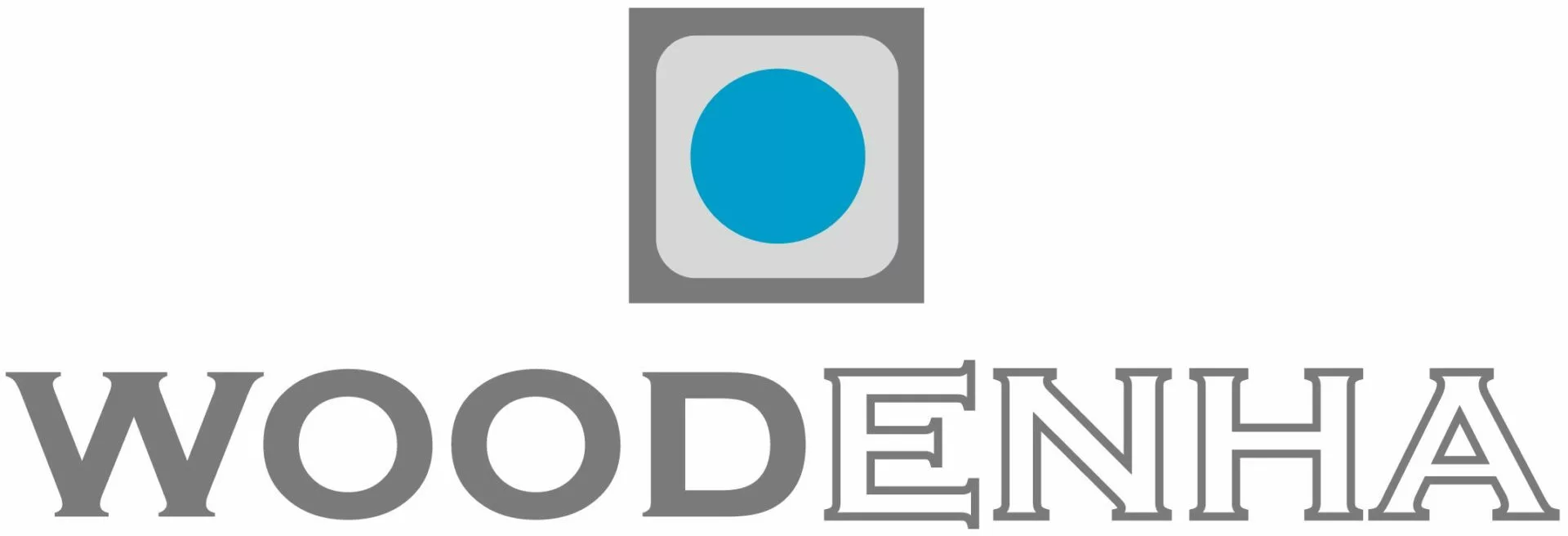BIME® Process
The BIME® process is the unique fireproofing system, optimized to provide the best passive fire safety when wooden elements are used outside in public buildings, collective dwellings, offices. Our mission: to make the use of wood outdoors possible, regardless of the regulatory context regarding fire reaction constraints of the facades.

Euroclass B
The BIME® system is the best possible fire protection for outdoor wood. Euroclasses B and C have been validated on several species (larch, Douglas fir, THT wood, red cedar, spruce class III ...) in configurations of profiles and various poses. Its durability has been assessed through two types of tests according to standards EN927-3 and EN927-6 (accelerated aging, in a climatic and natural enclosure) and the criteria of NF EN16 755.

Water-repellant
The BIME® process also gives the cladding, thanks to the hydrophobic agents of the saturator, additional protection against bad weather, increased dimensional stability and a delay in the natural aging of the wood. The concentration of pigments will also guarantee the protection duration of the system.

UV proof
The BIME®F1 saturator is also loaded with anti-UV agents and stabilizers lignin. The natural graying of the wood is thus greatly slowed down and the color of the siding extended over time. Protection against rays attack solar and lunar is optimal and the cladding is more aesthetically stable, its aging more homogeneous.
step 1 : fire-retardant impregantion
Lumber is first weighed and placed in the autoclave. After an initial vacuum, the flame retardant in aqueous phase, colorless, odorless, inorganic and free of C.O.V. is forced to penetrate under pressure to the core of the elements. The impregnation parameters of the product are controlled throughout the cycle. A vacuum is finally led and the lumber is weighed again before being led to artificial drying.
step 2 : kiln drying
The cladding goes into artificial drying, where the temperature,
humidity and air flow are controlled and adapted accordingly
fireproof species and profiles. This involves evaporating the excess water linked to the flame retardant treatment, to drive the cladding to its operating humidity (16% +/- 2%) according to DTU 41.2. This action also has the effect of fixing the flame retardant salts on the matrix of the wood.
step 3 : finish with BIME®F1 saturator
The fire-retardant cladding in the mass is transferred to the finishing chain to apply the non-derating saturator BIME®F1 to it. It is a non-film forming finish, in aqueous phase and without V.O.C. , based on organic compounds from agriculture, which contributes to the sustainability of fire-retardant system. This can be pigmented on request in more or less translucent shades.
BiME® in the buildings
evolution of BIME® fireproof cladding
The BIME® system is optimized to ensure the best security passive against fire and minimize the mitigation of the effectiveness of the reaction wood fire in the face of aggression outside. Like any material construction, the wood is maintained in order to maintain its initial qualities: touch, color, fire behavior, etc. The more the initial state of the cladding will be kept, the longer the service life. Although there is no regulatory maintenance obligation for wood cladding and the reaction to fire tests after aging have been carried out without any maintenance, we recommend a revision program for our BIME® cladding according to an indicative chronology available on request and which will adapt to your project.
* Indicative chronology. Each site is specific. The aging of the cladding depends in particular on the type, profile, color, construction system, exposure of the facades, etc.
